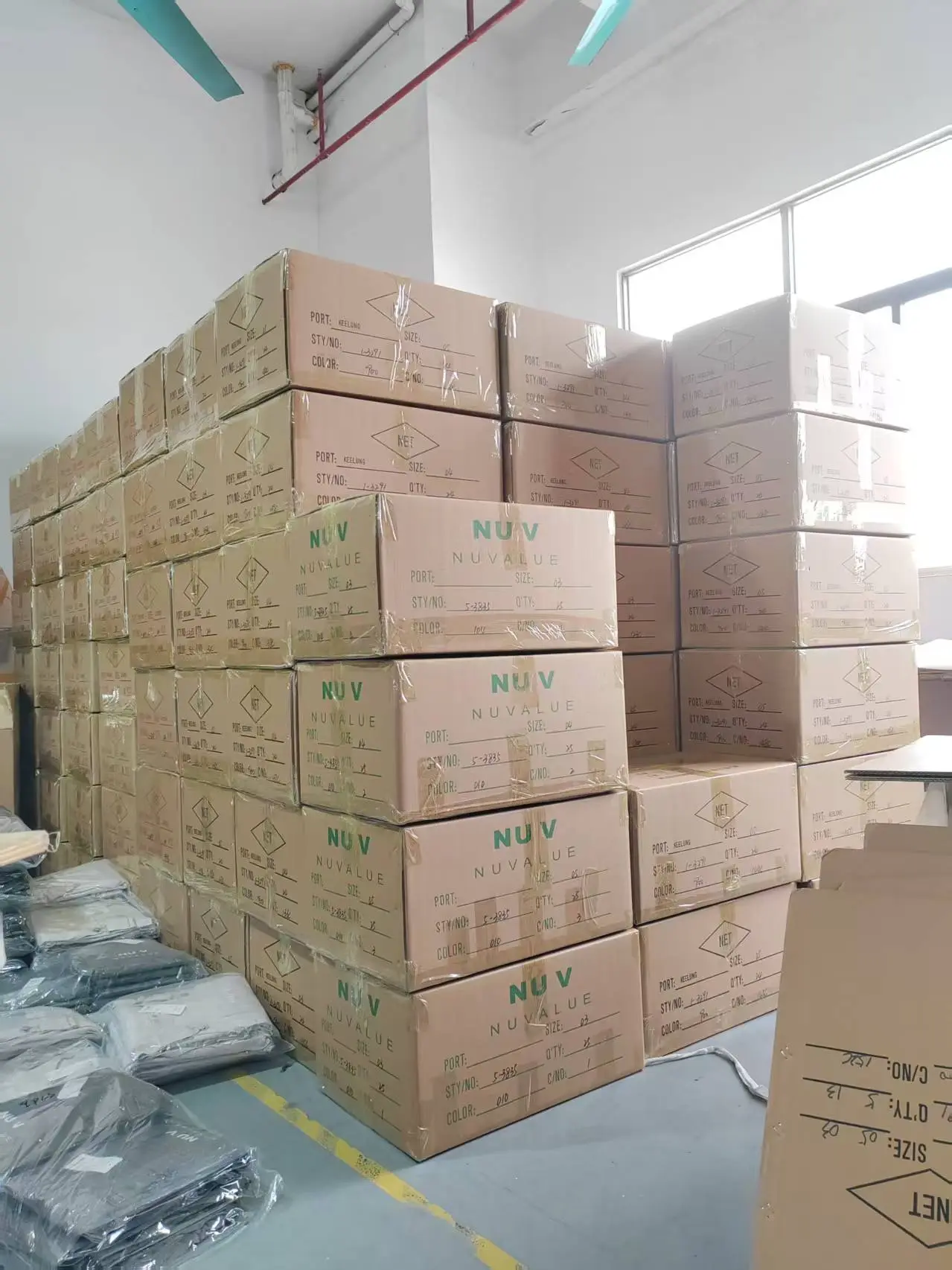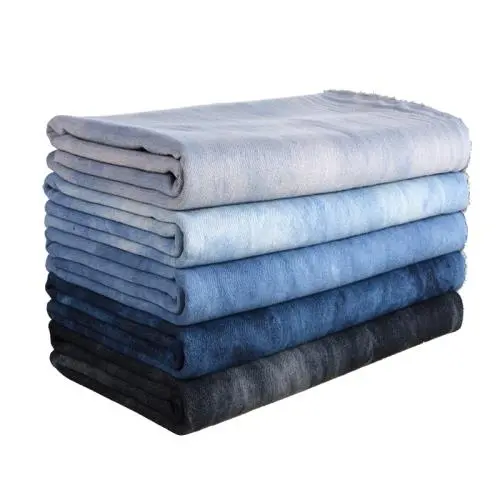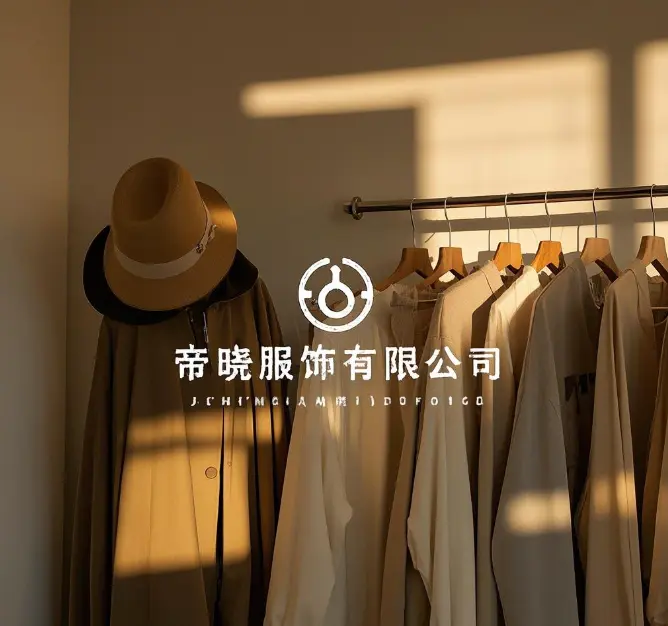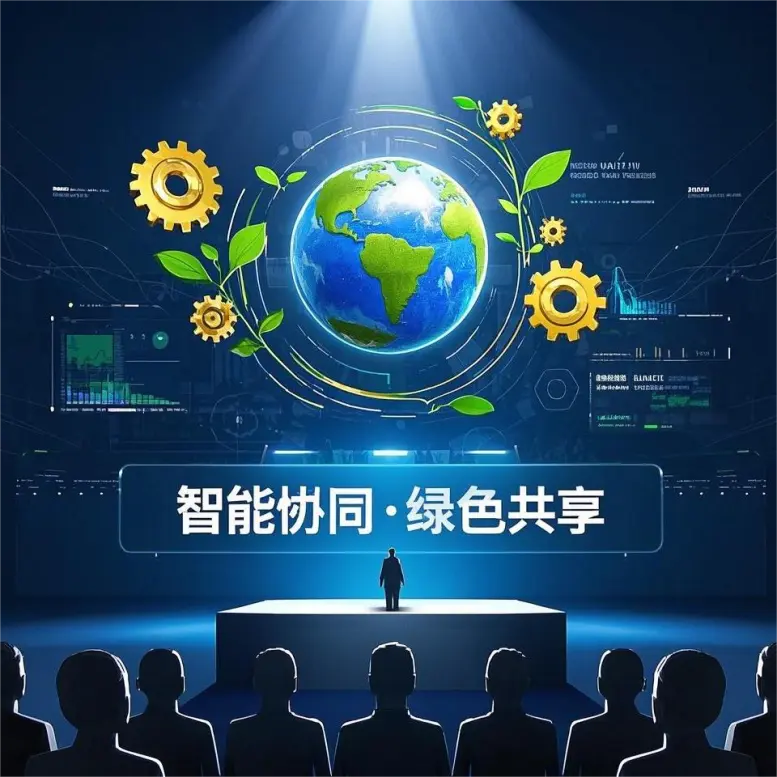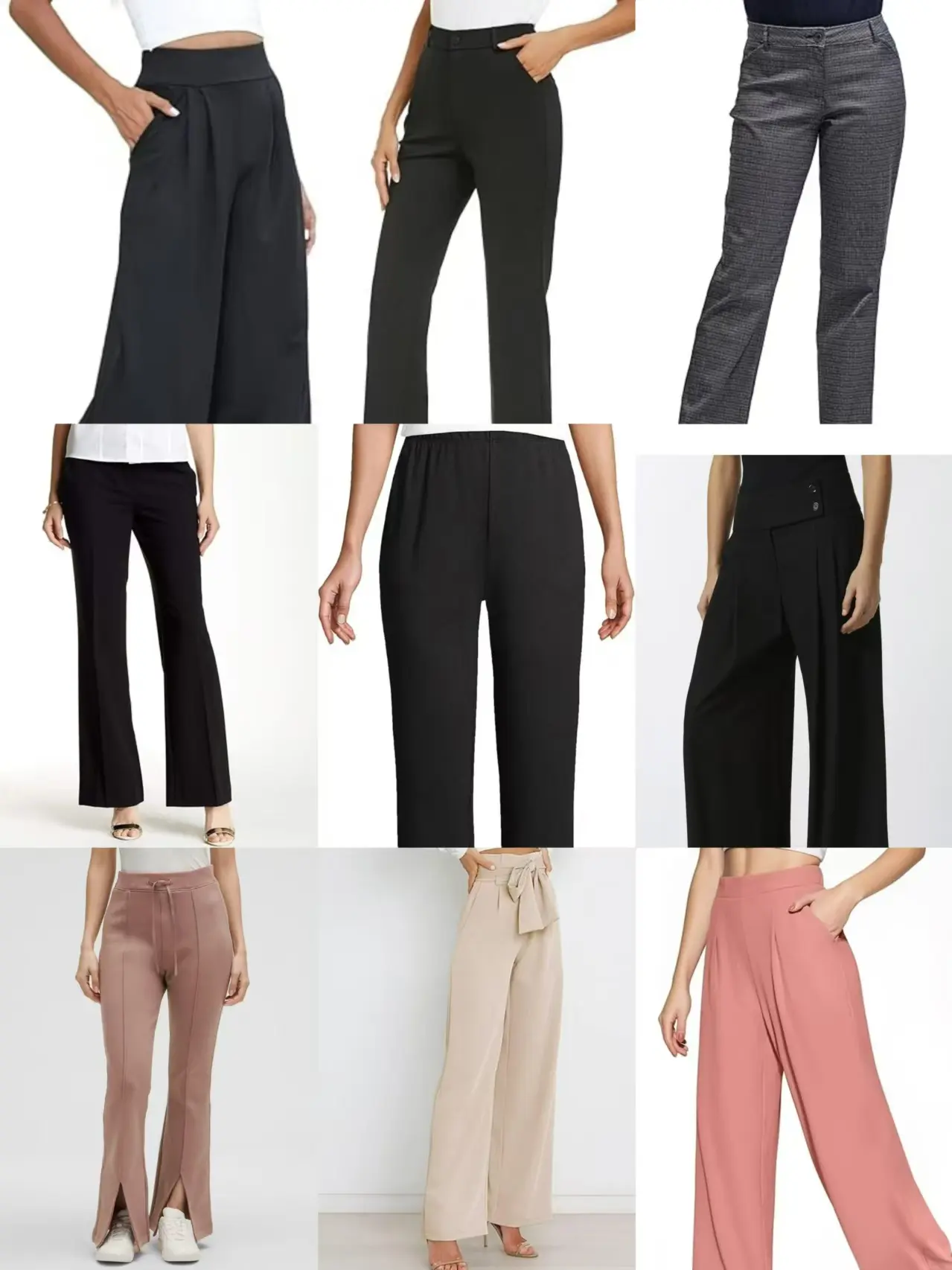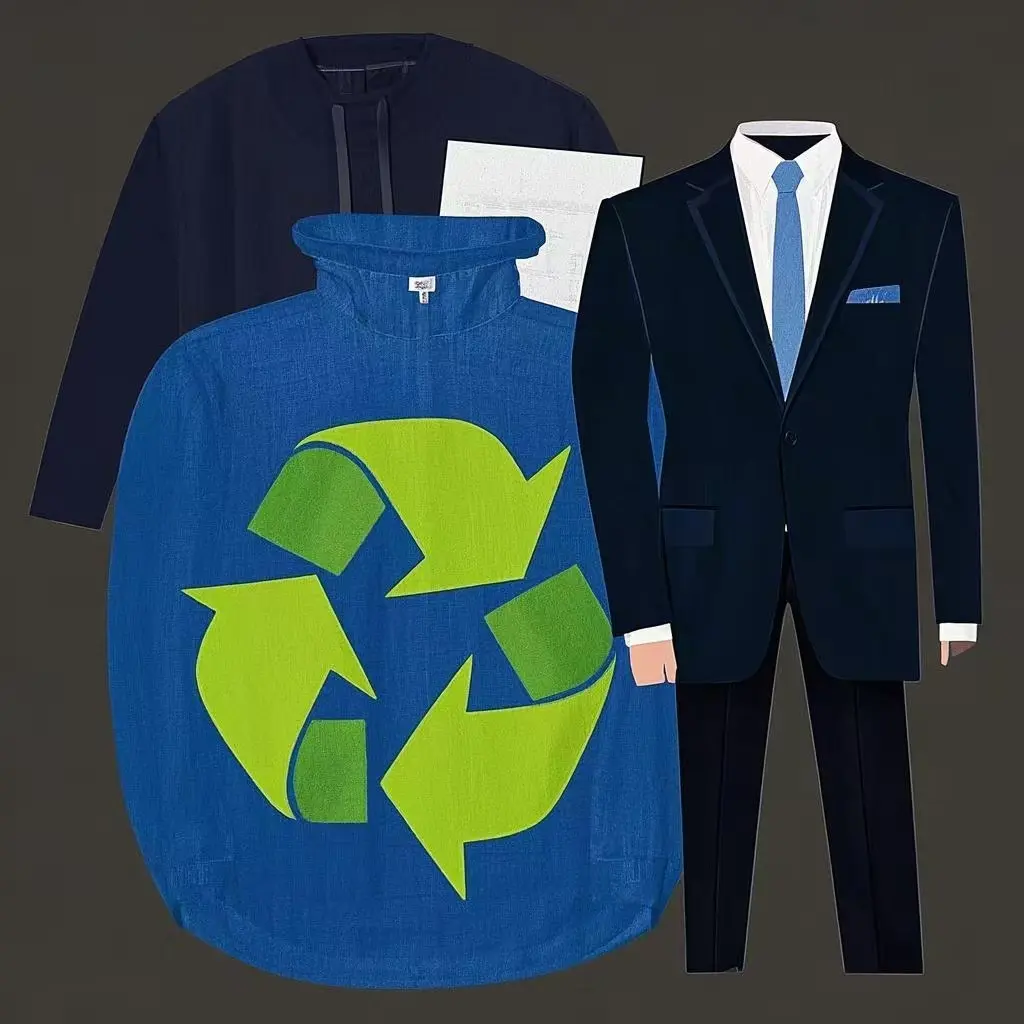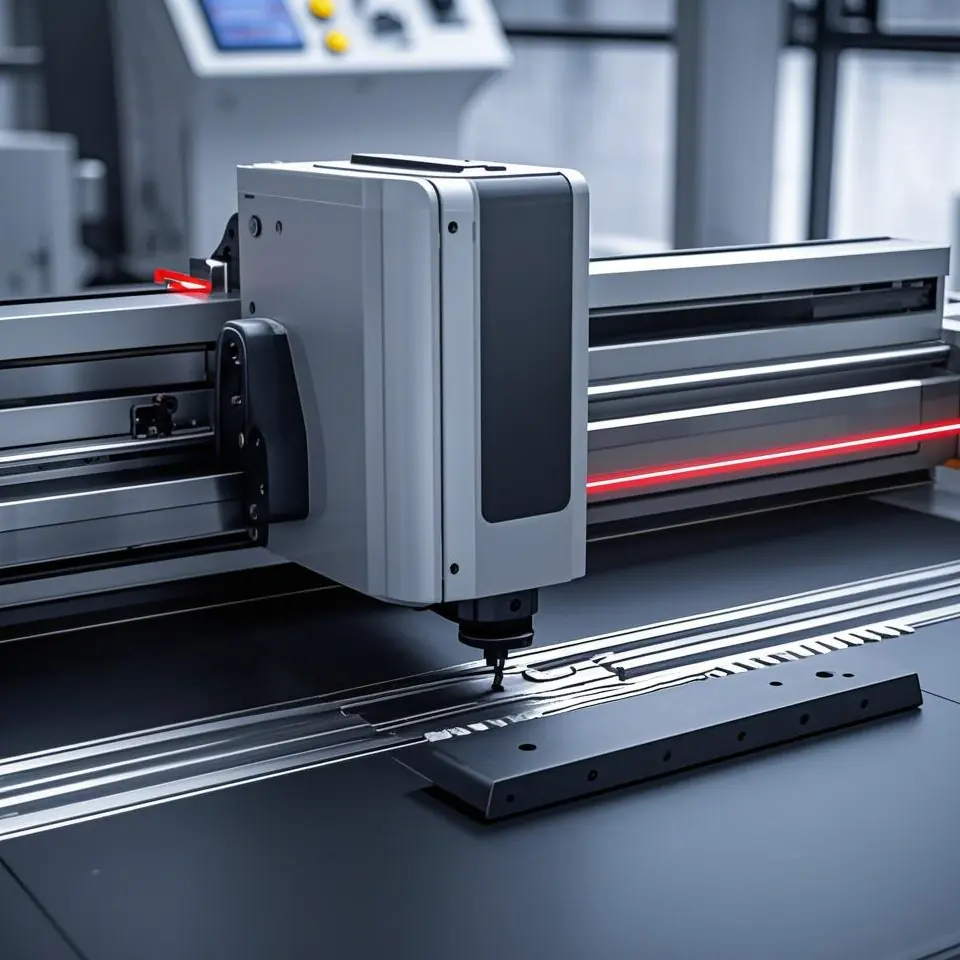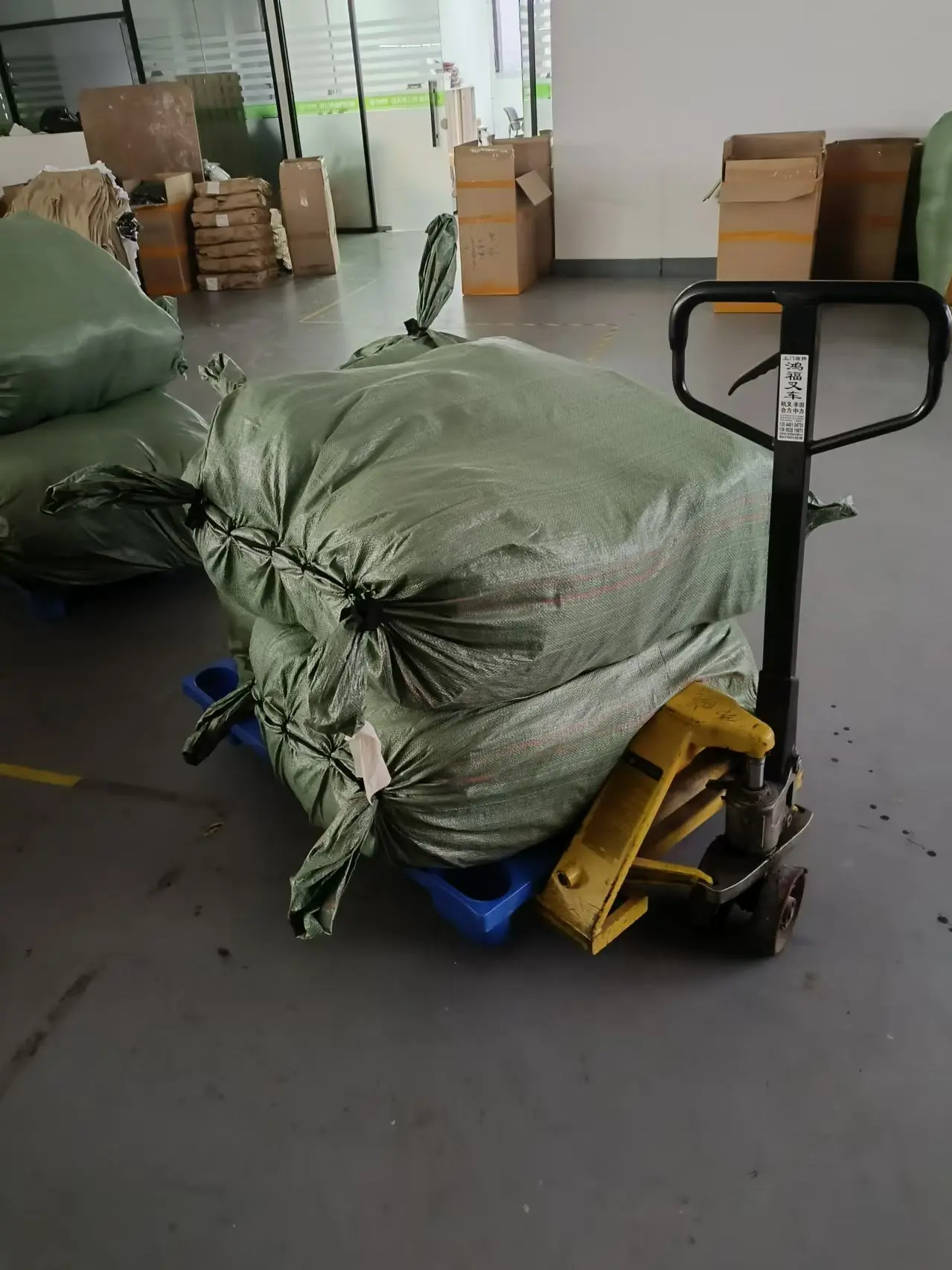0102030405
Analysis of the Current Situation and Future Trends of the Garment Industry
2025-02-21
I. Introduction
As a traditional industry, the garment industry occupies an important position in economic development and social life. With the development of the times, consumer demands are becoming increasingly diverse, and technological progress is constantly driving innovation. The garment industry is undergoing profound changes and facing unprecedented opportunities and challenges.
II. Future Development Trends
(I) Diversification of the Consumer Market
- Growth in personalized and customized demands: Generation Z is gradually becoming the main consumer group. They pursue uniqueness and have a strong demand for personalized and customized clothing. Niche market segments such as Hanfu and 二次元 (Two - dimensional) clothing are emerging, driving the transformation of the industry from "mass - market" to "niche - market". More and more brands are launching customization services, allowing consumers to choose fabrics, styles, patterns, etc. according to their preferences to meet personalized needs.
- Enhanced competitiveness of domestic brands: The improvement of cultural confidence and policy support have led to the rapid development of domestic garment brands. Leading brands like Li - Ning and Anta are constantly innovating, expanding their market share, and gradually competing with international brands in the high - end market. Some new Guochao brands, with their unique designs and cultural connotations, have attracted a large number of young consumers.
- Expansion of the functional clothing market: The sports - leisure, outdoor sports, and smart - wearable clothing sectors are developing rapidly. With the enhancement of people's health awareness and changes in lifestyle, the demand for clothing with functions such as warmth retention, breathability, antibacterial properties, health monitoring, etc. is increasing. For example, intelligent temperature - controlled clothing can automatically adjust according to the ambient temperature to meet consumers' wearing needs in different scenarios.
(II) Technology - Driven Industrial Upgrading
- Intelligent manufacturing and flexible supply chains: Technologies such as industrial Internet, AI, and 3D printing are being increasingly applied in garment production. The "small - order, fast - response" model is on the rise, enabling enterprises to quickly adjust production according to market demands, shorten the production cycle, and reduce inventory pressure. For example, Alibaba's Xiniu Zhizao achieves full - process production management through digital means, improving production efficiency and flexibility.
- Integration of virtual technologies and scenarios: Concepts such as virtual fitting, digital twins, and the meta - verse are being applied in the garment industry, reshaping the shopping experience. Consumers can try on clothes online through virtual fitting technology, and brands can also use digital twin technology to optimize product design and production processes. Some brands have launched NFT digital collectibles or virtual fashion to explore new markets.
- Application of sustainable technologies: In response to the "dual - carbon" goal, sustainable technologies such as biobased materials, recyclable fabrics, and water - saving dyeing are being increasingly applied in garment production. Biobased materials such as algal fibers are used to make clothing, reducing the impact on the environment. At the same time, the use of recyclable fabrics extends the clothing life cycle and realizes resource recycling.
III. Material Upgrades
(I) Application of Technological Fabrics
Technological fabrics use modern scientific and technological means to combine new materials, process technologies, and traditional textile technologies to develop fabrics with special functions. They have significant advantages in warmth retention, breathability, antibacterial properties, UV protection, waterproofing, fireproofing, etc., and can meet different environmental needs. They are widely used in sports wear, outdoor clothing, casual wear, etc. For example, sports fabrics with breathable and sweat - wicking functions can keep athletes dry and comfortable; outdoor clothing with UV - protection functions can protect people from UV damage.
(II) Development of Environment - friendly Materials
With the enhancement of environmental awareness, new environmental - friendly materials, degradable fibers, etc. are being widely applied in the garment industry. Clothing made of degradable fibers can naturally degrade after being discarded, reducing environmental pollution. Some brands use recycled polyester fibers to make clothing, reducing the consumption of primary resources. The application of environmental - friendly materials not only meets the requirements of the times but also satisfies consumers' demands for environmentally friendly products.
IV. Quality Improvement
(I) Promotion of Quality Improvement Activities
All regions improve the quality awareness of garment enterprises by holding quality improvement activities. Industry experts are invited to give lectures, explaining industry situations, quality policies, laws and regulations, etc., sharing practical experience, helping enterprises master quality management tools and techniques, build quality management systems, and improve quality control and governance capabilities. Through these activities, enterprises attach more importance to product quality and actively take measures to improve production processes and enhance product quality.
(II) Quality Control by Enterprises Themselves
Enterprises strengthen the whole - process quality control from raw material procurement, production process to finished - product inspection. They strictly screen raw material suppliers to ensure that the quality of raw materials meets standards. In the production process, advanced production equipment and processes are adopted, and quality inspections are strengthened to promptly discover and solve quality problems. A complete finished - product inspection system is established, and every product is strictly inspected. Only qualified products can enter the market to provide consumers with high - quality clothing products.
V. Conclusion
The future development prospects of the garment industry are broad, but it also faces many challenges. The diversification of the consumer market and technology - driven industrial upgrading are the main development directions, and material upgrades and quality improvements are the key supports for the development of the industry. Enterprises need to keep up with the trend of the times, increase innovation investment, actively adopt new technologies and materials, strengthen quality management, and enhance brand competitiveness to adapt to market changes and achieve sustainable development. At the same time, the government and industry associations should strengthen guidance and support to create a good environment for the development of the garment industry.
(The picture here is for illustration only. You can replace it with a more suitable high - definition picture related to the development of the garment industry, such as an intelligent manufacturing clothing production line, a fashion show displaying new - material clothing, etc.)

